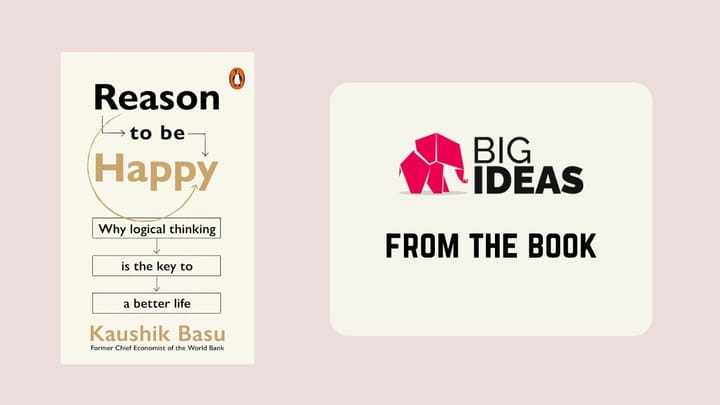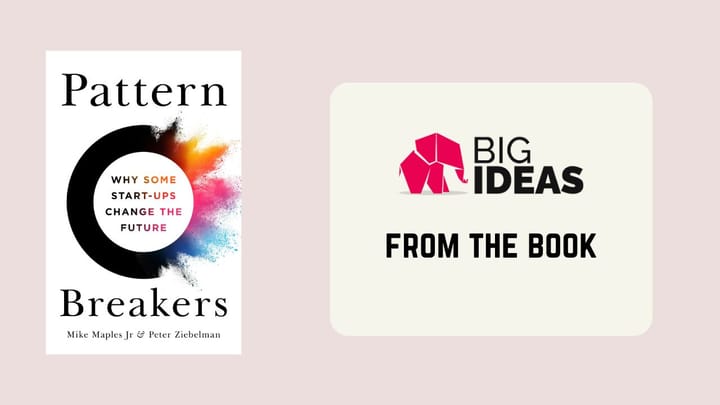Product-Led Growth – Wes Bush

A decent introduction to the strategy of product-led growth.
What is a Product-Led Company?
Product-led growth is a go-to-market strategy that relies on using your product as the main vehicle to acquire, activate, and retain customers. This is in opposition to the traditional sales model. Instead of helping buyers go through a long, drawn-out sales cycle, they give the buyer the “keys” to their product. The company, in turn, focuses on helping the buyer improve their life. Upgrading to a paid plan becomes a no-brainer.
Companies like Dropbox or Hubspot are some of the ones succeeding with this approach.
Time to Value
To create a successful product-led business, you need a quick time-to-value. New users need to have a good experience quickly.
There are the 4 types of users:
- Mission Impossible Users. Your user has low motivation & finds it hard to use your product.
- Rookie Users. Your user has high motivation but finds it incredibly difficult to use your product. Maybe they are forced to do it.
- Veteran Users. Your user has low motivation but finds it easy to use your product.
- Spoiled Users. This is the outcome to optimize for. Your user has high motivation and finds it straightforward to use your product.
Common Product Bumpers
- Welcome Messages
- Product Tours
- Progress Bars
- Checklists
- Onboarding
- Tooltips
- Empty States
- Common conversational bumpers:
- User Onboarding
- Emails
- Push Notifications
- Explainer Videos
- Direct Mail
Product Tours
Product tours are one of the most effective ways to bump users toward experiencing meaningful value in the product:
- Product tours should ask users what they’re trying to accomplish in the product.
- Product tours should cover important steps that set users up for success with the product.
- High-performing product tours often use a “focus mode” that strips away unnecessary elements, like the navigation bar, until the user completes the product tour.
- Product tours are typically between three and five steps.
Red & Blue Oceans
Red-ocean companies try to outperform their rivals to grab a greater share of existing demand. As the market gets crowded, growth reduces, products become commodities, and cut-throat competition turns the bloody ocean red.
Blue-ocean companies access untapped market space and create demand, so they have the opportunity for highly profitable growth. In blue oceans, competition is irrelevant.
If you’re in a blue ocean & have a quick time-to-value in your product, use a product-led model. However, if your product is complex, start with sales to educate your audience and create demand.
Product-Led Growth means that every team in your business influences the product.
- Your marketing team will ask, how can our product generate a demand flywheel.
- Your sales team will ask, how can we use the product to qualify our prospects for us?
- Your customer success team asks, how can we create a product that helps customers become successful beyond our dreams?
- By having every team focused on the product, you create a culture that is built around enduring customer value.
Audience: Top-Down or Bottom-Up Selling Strategy
Traditionally, SaaS products sold to executives at the top. Nowadays, the tables have turned. Products are now cheaper & can be adopted without talking to sales: Slack is a perfect example, spreading organically, starting with one user who invites a colleague, then an entire team.
How Product-Led Growth models fit with selling:
- Freemium & top-down selling. Rarely works, most decision-makers won’t be everyday users of the product
- Freemium/free trial & bottom-up selling. Works if you help your potential buyers use the product
- Free trial & top-down selling. It’s a coin toss.
The Two Bumpers Product Analogy
As in bowling, we need two bumpers to keep our ball out of the gutter. We can use product and conversational bumpers to guide users to a key outcome.
Product bumpers are mission critical. They help users adopt the product within the application itself.
Conversational bumpers work to educate users, bring them back into the application, and eventually upgrade their account.
MOAT Framework to analyse market conditions
It helps you pick the right go-to-market strategy for your business:
Market Strategy: Is your go-to-market strategy dominant, disruptive, or differentiated?
Ocean Conditions: Are you in a red- or blue-ocean business?
Audience: Do you have a top-down or bottom-up marketing strategy?
Time-to-value: How fast can you showcase value?
Market Strategy: Freemium, Trial or Demo
Depending on your strategy, you can find yourself in one of the 4 categories, which impact your go-to market:
- Dominant strategy: the best solution for the lowest price? Freemium works amazingly well here, but the size of the market needs to be really big.
- Differentiated strategy: the best-customized solution for the highest price for underserved customers Trials or demos work best.
- Disruptive strategy: Do you want to offer the simplest product for the lowest price to overserved customers? Freemium works great.
- Hybrid strategy



Comments ()